How you measure your fitness progress?
Do you weigh yourself? Take measurements? Use the BMI (Body Mass Index)? Check your resting heart rate? Measure body fat?
There are many ways to measure fitness progress and each method has strengths and weaknesses. Ideally you’ll use a variety of ways to check your progress towards your goals.
I want to share with you 3 easy “tests” you can do at home to track and measure your fitness progress.
I recommend doing these three tests every 8-12 weeks.
Equipment Needed:
- Stopwatch (if you don’t have one your phone probably has a stopwatch feature)
- Ruler
- Bench or step (a stepstool could work well)
Before starting any of the tests, take your resting heart rate. To do this, find your pulse.
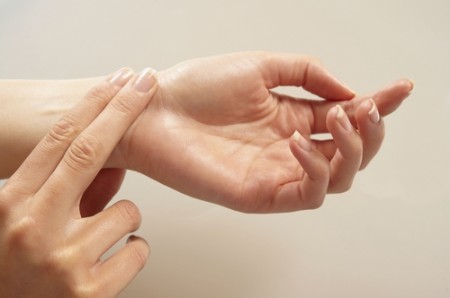
Count the beats for 10 seconds and then multiple that number by 6. When you count, start at zero for the first beat.
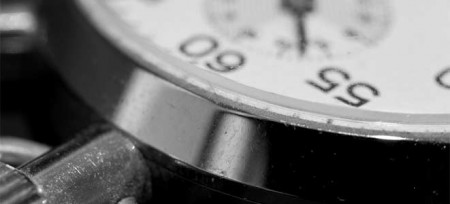
1. Pushup Test 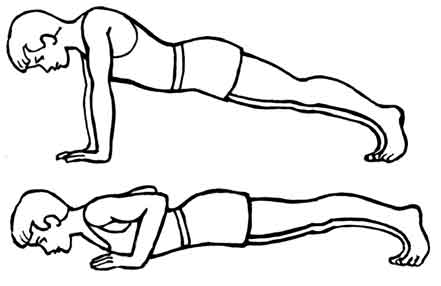
- Perform a short warm up before performing any fitness testing.
- Begin in a push up position on hands and toes with hands shoulder-width apart and elbows fully extended.
- While keeping a straight line from the toes, to hips, and to the shoulders, lower your upper body so your elbows bend to 90 degrees.
- Push back up to the start position.
- That is one rep.
- Continue with this form and complete as many repetitions as possible without breaking form.
- Record the total number of full push ups completed.
The pushup test is a great way to test your upper body muscular strength and endurance.
Typical Results (norms based on clinical studies)
| Men | Age: 20-29 | Age: 30-39 | Age: 40-49 | Age: 50-59 | Age: 60+ |
| Excellent | 54 or more | 44 or more | 39 or more | 34 or more | 29 or more |
| Good | 45-54 | 35-44 | 30-39 | 25-34 | 20-29 |
| Average | 35-44 | 24-34 | 20-29 | 15-24 | 10-19 |
| Poor | 20-34 | 15-24 | 12-19 | 8-14 | 5-9 |
| Very Poor | 20 or fewer | 15 or fewer | 12 or fewer | 8 or fewer | 5 or fewer |
| Women | Age: 20-29 | Age: 30-39 | Age: 40-49 | Age: 50-59 | Age: 60+ |
| Excellent | 48 or more | 39 or more | 34 or more | 29 or more | 19 or more |
| Good | 34-48 | 25-39 | 20-34 | 15-29 | 5-19 |
| Average | 17-33 | 12-24 | 8-19 | 6-14 | 3-4 |
| Poor | 6-16 | 4-11 | 3-7 | 2-5 | 1-2 |
| Very Poor | 6 or fewer | 4 or fewer | 3 or fewer | 2 or fewer | 1 or fewer |
2. Crunch Test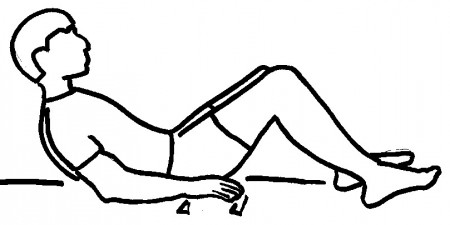
- Lie down on your back with your knees bent, feet flat on the floor and your heels about 18 inches away from your behind.
- Place your arms at your sides, palms down, fingertips next to your hips.
- Place a ruler next to your fingertips in this position and measure 6 inches further. You can put a piece of paper, the ruler itself, or a piece of tape at that 6-inch marker.
- Keep your hands on the floor throughout the test.
- Engage the abs to lift your head, neck, and shoulder blades off the floor
- Allow your fingertips to slide toward the 6-inch marker. Return to the starting position to complete one rep.
- Repeat this as many times as you can in 60 seconds, counting only the number of repetitions that your fingertips successfully reach the 6-inch marker. You may rest in the starting position (relaxed), but the clock continues to run.
The Crunch Test, also referred to as the “partial curl-up” test, measures abdominal strength and endurance.
Typical Results
| Rating (Men) |
< 35 years | 35-44 years | > 45 years |
| Excellent | 60 | 50 | 40 |
| Good | 45 | 40 | 25 |
| Marginal | 30 | 25 | 15 |
| Needs Work | 15 | 10 | 5 |
| Rating (Women) |
< 35 years | 35-44 years | > 45 years |
| Excellent | 50 | 40 | 30 |
| Good | 40 | 25 | 15 |
| Marginal | 25 | 15 | 10 |
| Needs Work | 10 | 6 | 4 |
3. 3-Minute Step Test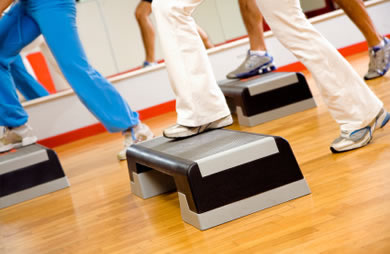
- Set up a 12-inch bench or step.
- March up and down (up, up, down, down) on the step for 3 consecutive minutes. (It is very boring… keep going!)
- March at a pace of 96 beats per minute. To hear what this sounds like, check out Metronome Online.
- You can rest if you need to, but remain standing.
- When 3 minutes are up, stop immediately, sit down on the step, and take your pulse (count for 10 seconds then multiple by 6).
- Wait one minute, then take your pulse again.
The 3-Minute Step Test measures your aerobic (cardiovascular) fitness level based on how quickly your heart rate returns to normal after exercise.
Over time, compare your results. Ideally your heart will return to normal faster as time passes and you get more fit.
YOUR TURN: How do you keep track of your progress?


One Response